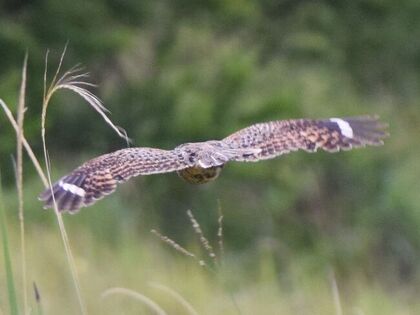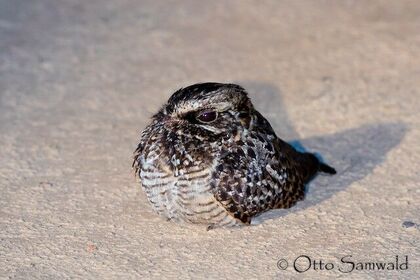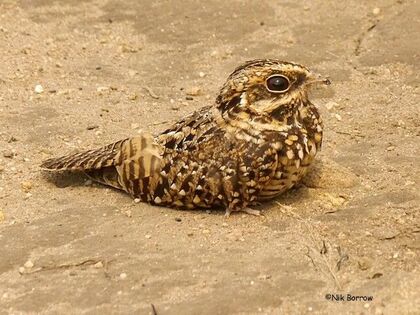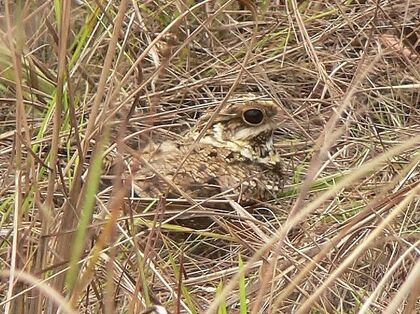Description
The nightjars have always been shrouded in mystery. Originally thought to suck milk from goats at night, or be witches in the dark, these creepy birds are now understood to be nocturnal insectivores with distinct and varying songs sung at night. Easy to hear and recognize singing at night, but they hide in the day and can be hard to say, making them a great sighting for any Birder.
Destination
Swamp nightjars are widespread with a very patchy distribution throughout Africa. In South Africa, they can only be found on the North East coast, from the border of Mozambique down to an area slightly North of Durban.
Where To Find
The swamp nightjar lives in the coastal grasslands, singing and hunting by night, and hiding in the long grass during the day. Grasslands like this can be found in various areas along the coast, from the grasslands surrounding Ongoye forest, to the hills around the Amatikulu estuary. Being near these grasslands at night gives a good chance of hearing their "Pew-Pew-Pew-" repetitive call. To see them in the day you will have to be lucky enough to disturb them from resting in the grasslands, where you might be surprised as they come flying out the grass.
How To Id
Nightjars are notoriously hard to identify, so you best come prepared. Having heard the distinctive call the night before, or in the last light of the day - you can know that the Swamp nightjars are in the area, and based on the habitat of moist grassland - finding one makes it very likely to be what you are looking for. When they fly away, they have distinctly lighter (white on males, buff on females) outer tail feathers - only shared with the square-tailed nightjar who prefer a more sandy habitat which they require for nesting and roosting.
Rarity
Swamp nightjars used to be widespread through Kwa-zulu natal but their favoured grassland habitat is rapidly declining and being replaced with sugar cane plantations, alien tree plantations, farms and urban settlement. This all means that they are regarded as a Vulnerable species, which combined with their nocturnal nature, makes them a very rare sighting.
Book
The Swamp Nightjar is difficult to see during. Walking through the long, wet grass can be tiresome and unreliable. Getting an expert guide such as Junior, or any of the other BirdLife accredited guides will give you the best chance to see them. Junior knows specific sites where the Swamp Nightjar likes to roost during the day and can give you the best possible chance to see one - just be sure to mention the Swamp Nightjar on your wishlist when making a booking.




